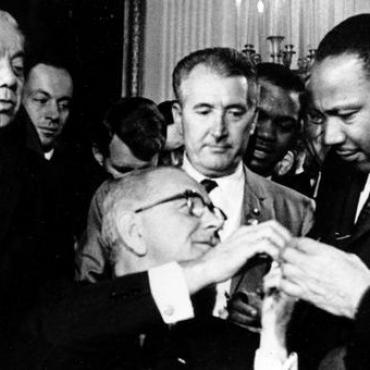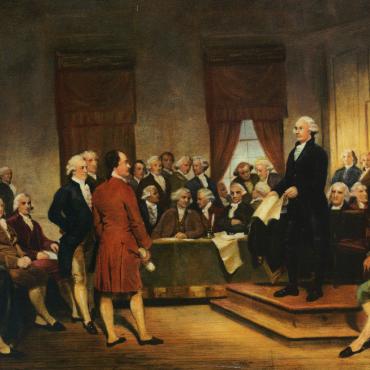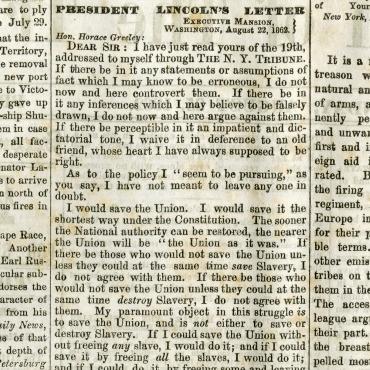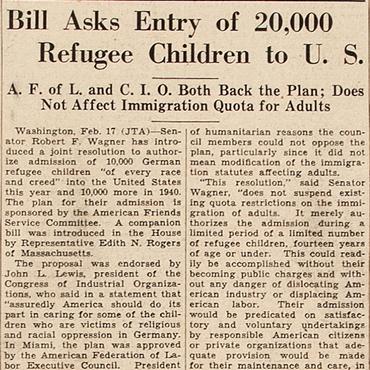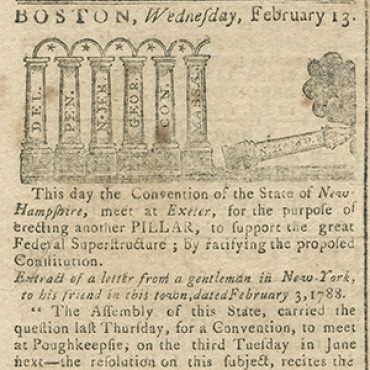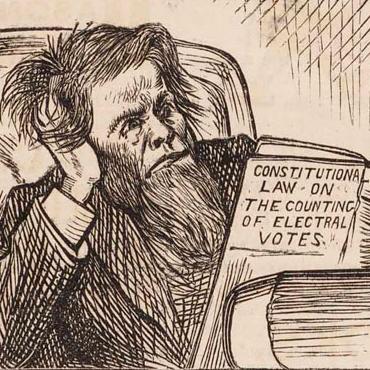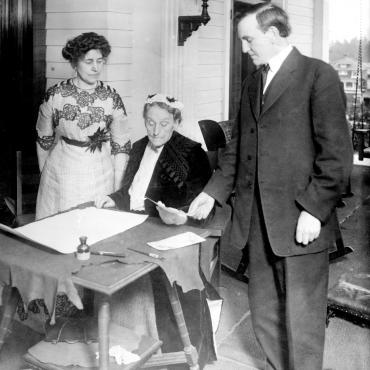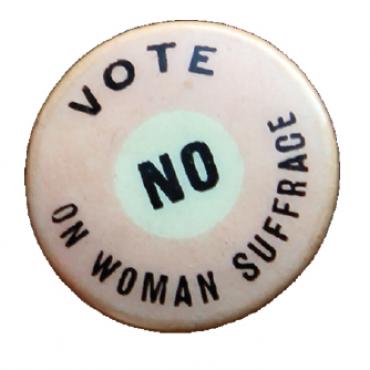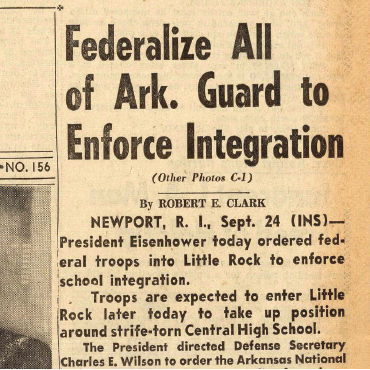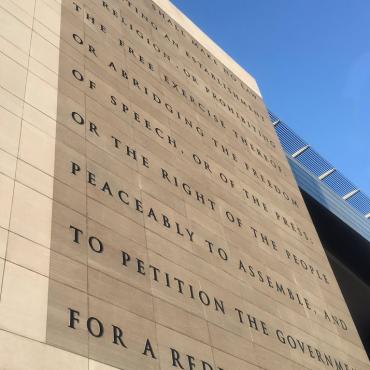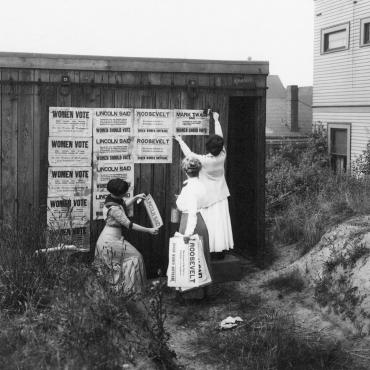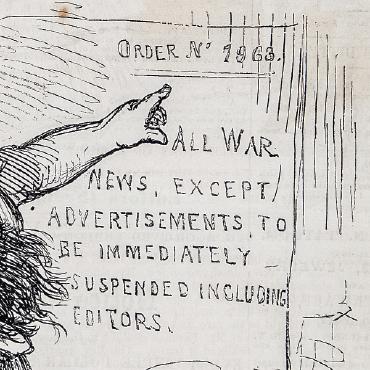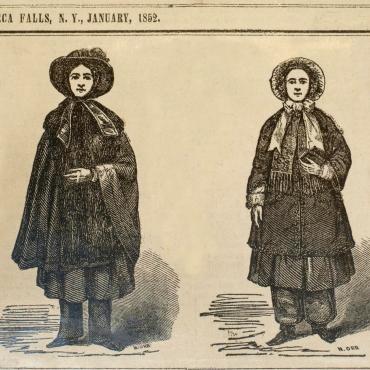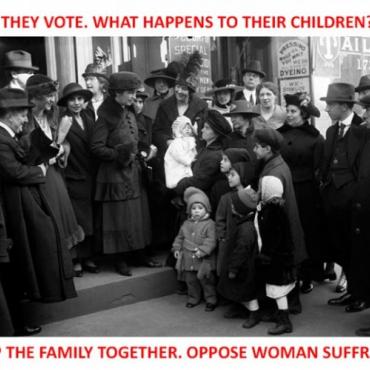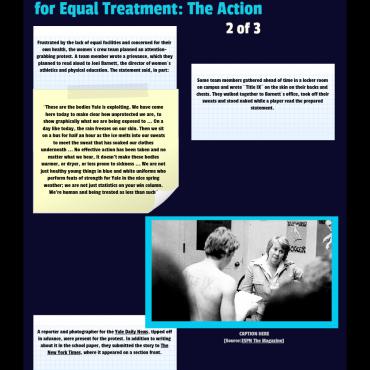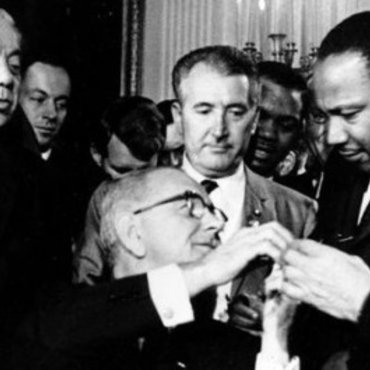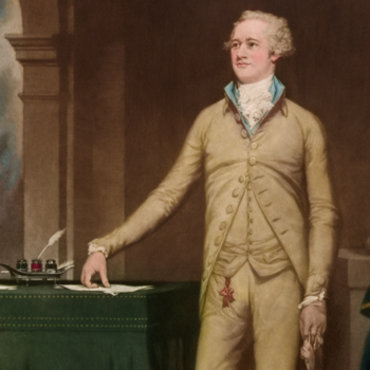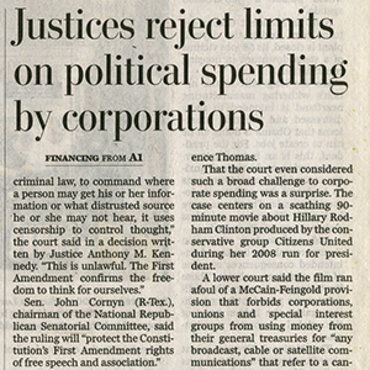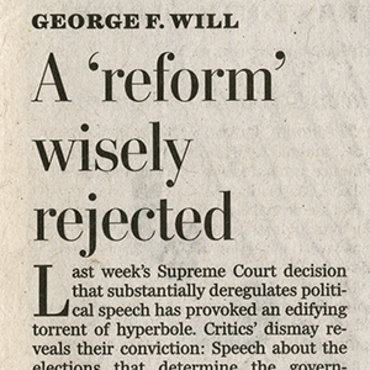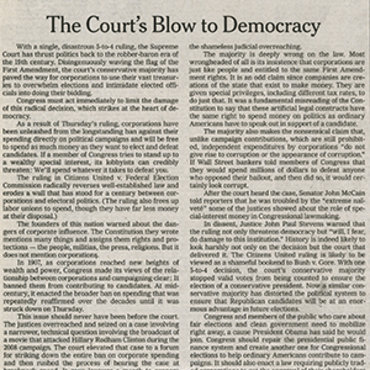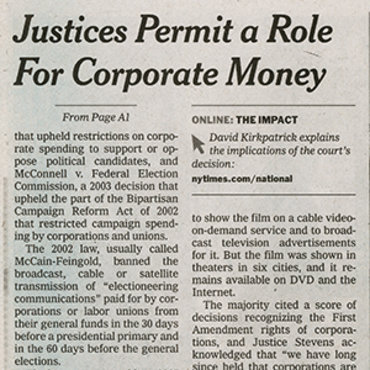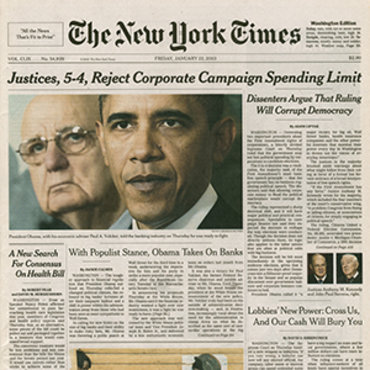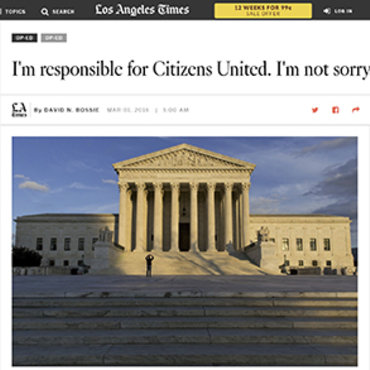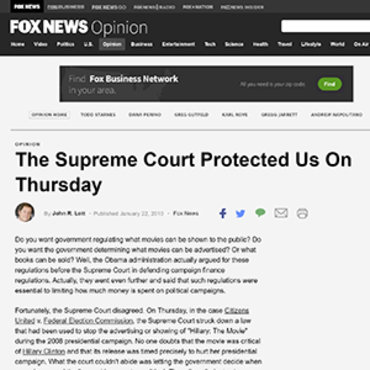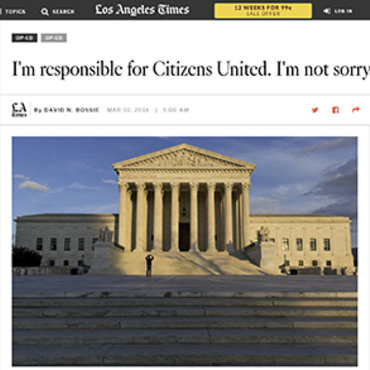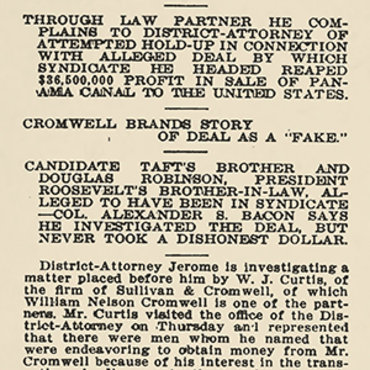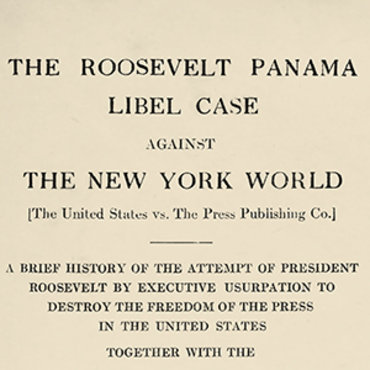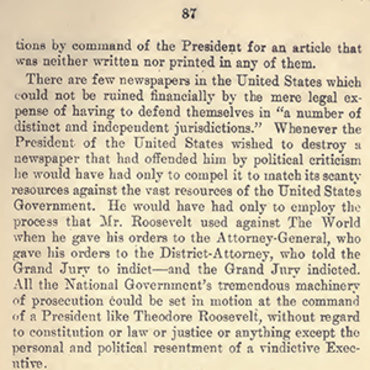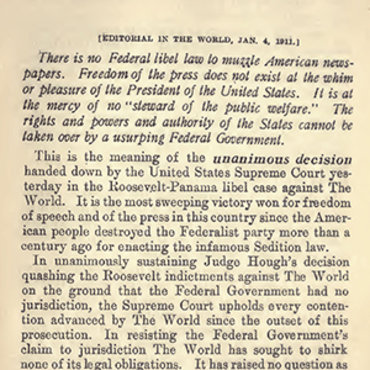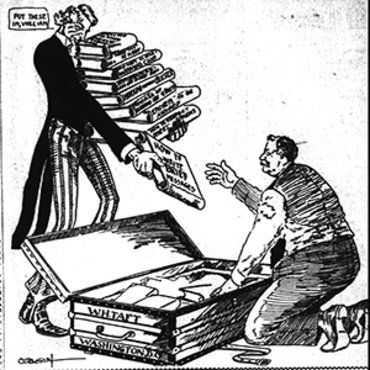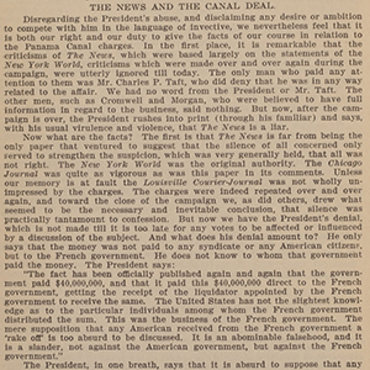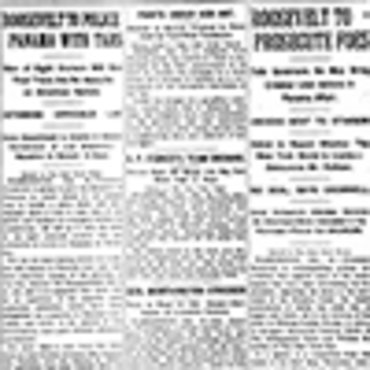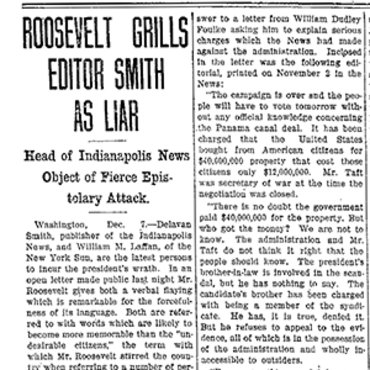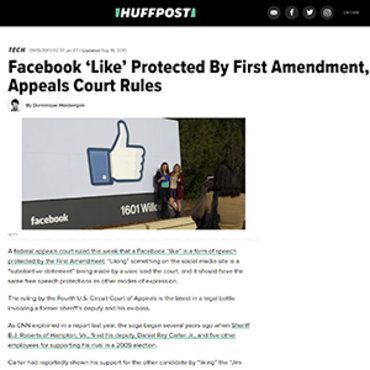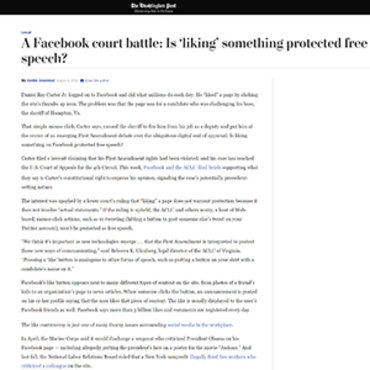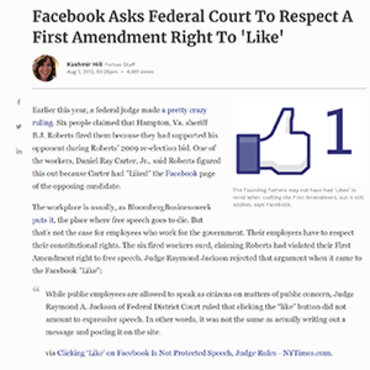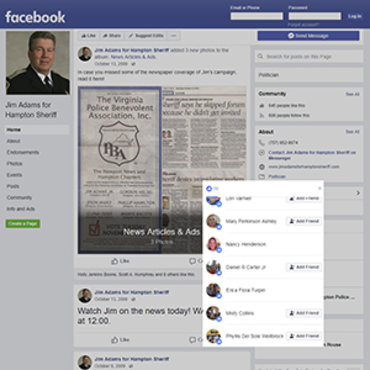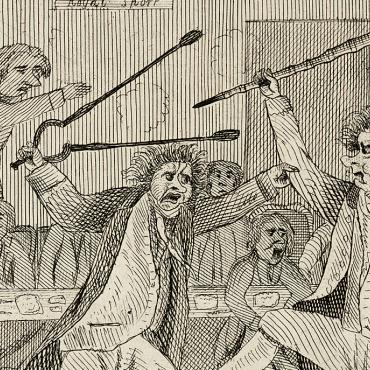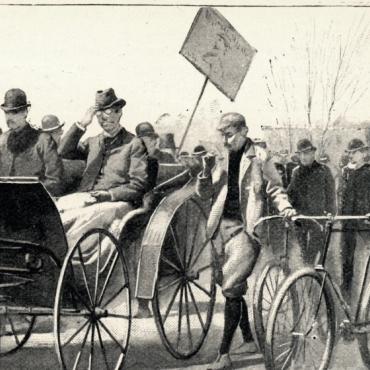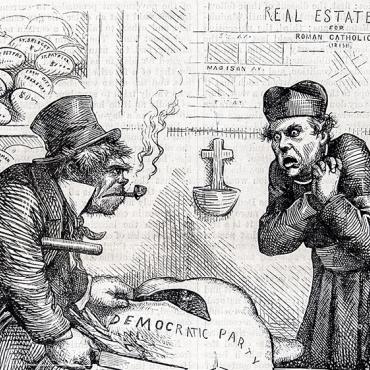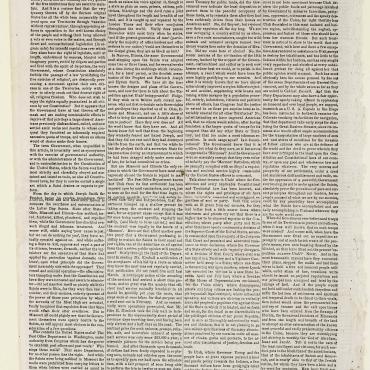
Blogging the Bill of Rights
Students write a persuasive argument for or against a bill of rights and represent that point of view in a blog post format.
Get even more great free content!
This content contains copyrighted material that requires a free NewseumED account.
Registration is fast, easy, and comes with 100% free access to our vast collection of videos, artifacts, interactive content, and more.
NewseumED is provided as a free educational resource and contains copyrighted material. Registration is required for full access. Signing up is simple and free.
With a free NewseumED account, you can:
- Watch timely and informative videos
- Access expertly crafted lesson plans
- Download an array of classroom resources
- and much more!
- Constitution
- Politics
- 6-12
- Review the Federalist and Antifederalist positions on a bill of rights.
- You may wish to refer to the essay in the “Debating a Bill of Rights” lesson and essay for an explanation of each position and key players.
- Tell students to use their imagination: It is the 1780s but you have access to modern technology, such as a computer and internet access. You have decided to start a blog to get people thinking and talking about a bill of rights for the Constitution — and especially to get your point of view heard.
- Your students’ job is to design a web page and write the first blog entry.
- Hand out the blog post guidelines, template and worksheet. Students may sketch their blog post on the attached template or use a free online tool like Tackk or Google Sites to create a live blog post. Remind students that their goal is to write an accurate, persuasive article from either a Federalist’s or Antifederalist’s point of view. In their blogs, students should address the following questions:
- Why did your framer support a bill of rights?
- What did your framer do to promote it?
- How did he counter arguments against a bill of rights?
5. Have students research their arguments online. They will need at least three resources. (The essay can count as one, if desired.)
- Blogging the Bill of Rights worksheet (download), one per student or small group
- Internet access for research purposes
After designing their blogs, have students present their work to the class for feedback and review. Questions for general discussion include:
- Do you think the framers of the First Amendment would have used the internet — if it were available back then — to get their messages out to people? Why or why not?
- What ideas do you think were most important in the debate on a bill of rights?
Questions for peer review include:
- Did the author accurately convey their framer’s position? How do you know?
- Do the visuals support the argument? Why or why not?
- What are some elements of the blog post you find particularly creative?
- What is one written or visual element the author can revise to strengthen the blog post?
-
Common Core State Standards: CCSS.ELA-LITERACY.CCRA.SL.4
Present information such that listeners can follow the line of reasoning and the organization, development, and style are appropriate to task, purpose, and audience. -
Common Core State Standards: CCSS.ELA-LITERACY.CCRA.SL.5
Make strategic use of digital media and visual displays of data to express information and enhance understanding of presentations. -
Common Core State Standards: CCSS.ELA-LITERACY.CCRA.W.6
Use technology, including the Internet, to produce and publish writing and to interact and collaborate with others.
-
National Center for History in the Schools: NCHS.Historical Thinking.3
A. Compare and contrast differing sets of ideas. B. Consider multiple perspectives. C. Analyze cause-and-effect relationships and multiple causation, including the importance of the individual, the influence of ideas. D. Draw comparisons across eras and regions in order to define enduring issues. E. Distinguish between unsupported expressions of opinion and informed hypotheses grounded in historical evidence. F. Compare competing historical narratives. G. Challenge arguments of historical inevitability. H. Hold interpretations of history as tentative. I. Evaluate major debates among historians. J. Hypothesize the influence of the past. -
National Center for History in the Schools: NCHS.US History.Era 3
Standard 1: The causes of the American Revolution, the ideas and interests involved in forging the revolutionary movement, and the reasons for the American victory Standard 2: The impact of the American Revolution on politics, economy, and society Standard 3: The institutions and practices of government created during the Revolution and how they were revised between 1787 and 1815 to create the foundation of the American political system based on the U.S. Constitution and the Bill of Rights
-
National Council of Teachers of English: NCTE.8
Students use a variety of technological and information resources (e.g., libraries, databases, computer networks, video) to gather and synthesize information and to create and communicate knowledge.
-
Center for Civic Education: CCE.II
A. What is the American idea of constitutional government? B. What are the distinctive characteristics of American society? C. What is American political culture? D. What values and principles are basic to American constitutional democracy? -
Center for Civic Education: CCE.V
A. What is citizenship? B. What are the rights of citizens? C. What are the responsibilities of citizens? D. What civic dispositions or traits of private and public character are important to the preservation and improvement of American constitutional democracy? E. How can citizens take part in civic life?


